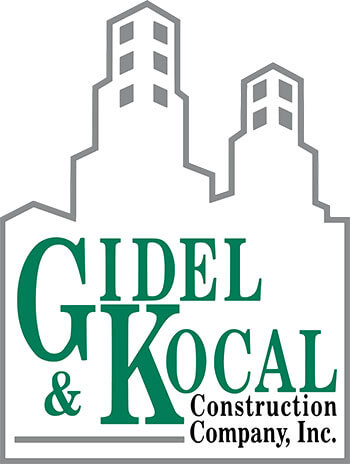In the world of construction, thorough planning, attention to detail, and meticulous execution are paramount. While there may be a general process in place, all construction projects are unique and require a personal touch. That starts with the project delivery method that will be used. Generally speaking, there are two main construction methods from which to choose: Design-build and Design-Bid-Build. Each of these two methods come with their own set of pros and cons, so understanding the differences between the two is critical for an overall successful build. In this blog post, we will explore design-build vs design-bid-build to give you a better understanding of both and help you determine which is right for you.
What You Need to Know About Design-Build
Design-Build is considered the most streamlined approach to completing a construction project. This method involves the designer and contractor working together as a team from the very beginning. This also includes involvement from all specialty trades and consultants. All parties work in tandem to provide a unified set of project recommendations that fit the owner’s schedule and budget. All changes are addressed by the entire team, which fosters a collaborative work environment. Design-Build projects promote getting ahead of problems before they become bigger issues all while allowing for optimal innovation.
The Design-Build method offers a more compressed timeline than its Design-Bid-Build alternative in that it encourages overlap between the design and construction phases. Contractors work in tandem with designers, which often results in fewer change orders. This may make the entire project less costly, as there are likely to be fewer elements of the construction that need to be redone.
What You Need to Know About Design-Bid-Build
Conversely, the Design-Bid-Build approach is the more standard, traditional method. DBB, or the design-tender method, as it is sometimes called, separates each phase into distinct components.
First comes the design stage, during which the owner or agency contracts a design engineer or architect to create drawings they will later present during the bidding process.
Next is the bid, during which general contractors like Gidel & Kocal bid on design documents after liaising with subcontractors who they feel are up for the job. These subcontractors may include HVAC installers, landscapers, electricians, insulation teams, etc. The final bids will outline the projected cost of materials and labor and will clearly define all parties’ roles moving forward. Once the owner decides to proceed with their selected contractor, the build stage can begin. During the build stage of a Design-Bid-Build, the general contractor starts construction while supervising all subcontractors.
Design-Build Vs. Design Bid-Build: Which is Right for You?

There are pros and cons to both the Design-Build and Design-Bid-Build methods. With Design-Build projects, owners enjoy an expedited project lifecycle with potentially lower costs. The increased collaboration typically means fewer change orders and less of a chance of having to redo work once it has been completed. Still, the overlap in responsibilities may present certain challenges if boundaries are crossed. Additionally, this method eliminates the competitive bidding aspect, leaving the owner at risk of not getting the most competitive price.
In the Design-Bid-Build method, each stage is clearly defined and distinguished from the others. All parties are responsible for their own work and nothing further. This tried-and-true approach allows for the utmost transparency and lets each specialty shine in their respective area. While all lines are clearly defined and the owner remains in complete control all the way through, the challenge here may be that the process could take longer, as each party needs to wait until the one before it completes their work.
Understanding the nuances between Design Build vs. Design Bid-Build is important as you proceed with your construction project. Knowing how you like to work, what your priorities are, and what your time and budgetary constraints are will help you determine which approach is right for you.
If you need additional guidance for your build or would like any assistance with preconstruction services, Gidel & Kocal Construction is here to help. Contact us today for more information.
